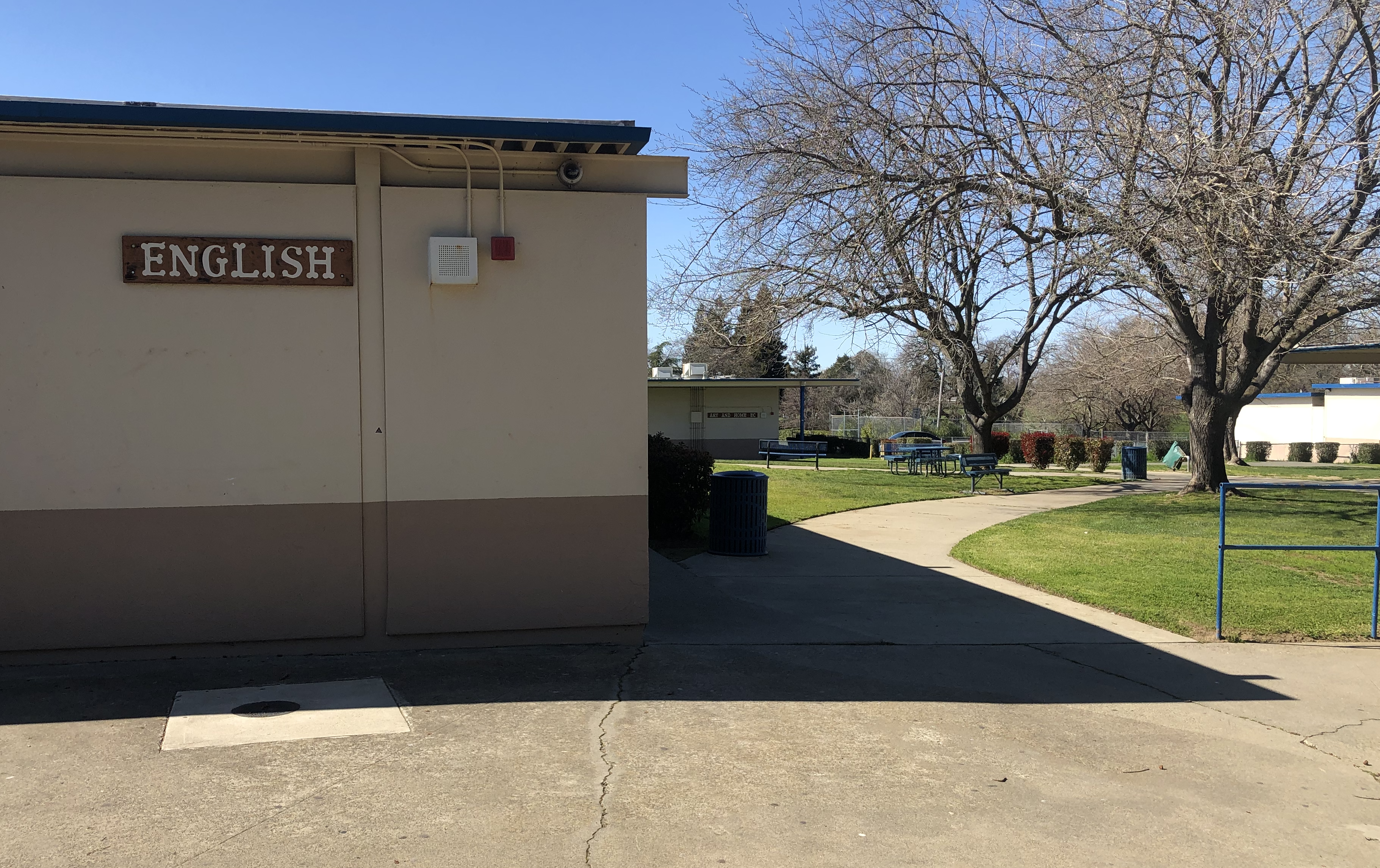
“…by making it possible for people to enter the historical process as responsible Subjects (subjects denotes those who know and act, in contrast to objects, which are known or acted upon)…enrolls them in the search for self-affirmation…”
Paulo Freire
I am walking to my English class my senior year of high school. The classroom is at the back of the campus and the walk to my class each day is a long one for me. I hate going to English class! I am slightly dyslexic, as far as I can tell, a poor speller with nearly indiscernible handwriting, and I have a morbid fear of reading aloud in front of others. I get to class early each day, pick a seat in the back of the classroom, slump down in my chair, and pray the teacher doesn’t call on me to read.
I am not alone. For many students the classroom is not a comfortable space. If a student is anxious, confused, or in some fashion not at ease, she is less likely to engage and may be more likely to act out inappropriately.
I have often wondered if I would have been more active in English had my teacher put me, and likely others, at ease. Once engaged I would have been more likely to take steps to address what was holding me back and to begin seeing myself as part of the learning community. Many of the barriers to student success are rooted in the student’s belief in their ability to achieve. I walked to English class convinced I could not be successful and that made all the difference.
Similarly, what a teacher believes about her students can strongly influence how a student performs in class and can ultimately influence how students perceive themselves in that learning environment. From our belief in students’ ability evolves our classroom structures and routines.
As I often say, it is in our learning routines where we can put students at ease, even if they are struggling with the content of the course. For example, had my English teacher employed a simple starting routine I think his classroom would have been less alienating. Rather than walking to his class with a growing sense of apprehension, perhaps I would have walked with a bit of confidence because even though I was not the strongest English student, I would have been a part of the class from the moment the bell rang.
If we have a starting routine that students can predict and be successful in, then we draw them into their education in a way that content alone will never achieve. By engaging in our predictable routines students are active subjects in their education, even if they are struggling. This is a powerful shift for many students because most of their academic experience has been as a passive object in their education.
I watched while Jesse, a newly immigrated student with very little English proficiency, entered my classroom. I designed the seating chart so that Jesse was surrounded with bilingual students who she was free to ask for help as needed. She entered the classroom, picked up her Organized Binder, and sat in her assigned seat with her binder open waiting for class to begin. AKA our starting routine. Jesse looked exactly like every other student in the class. As she prepared to engage in our class one could not discern her level of English proficiency or that she had recently enrolled in our class. When we actively started class she participated together with the rest of the students and me - she was an active subject in our learning community because she knew and could rely on our predictable learning routine.
My hope is that Jesse’s walk to my class each day was not plagued with feelings of apprehension or unease. Instead, I wanted her walk evoke feelings of confidence. Confident not because she was successful with all of the content of the course, or was even able to comprehend all that was taught. She was confident because she knew what to do the moment she arrived to to class to engage as an active part of our learning community.
Be Well,
Mitch
ps. I had my first round of my COVID vaccine this morning. The site of my clinic was my alma mater. After my appointment I wanted to the back of the school and snapped this picture of the English wing and the path I walked to my English class my senior year. To my surprise, I could still feel the unease as I strolled down that path to my former classroom.
You must be logged in to post a comment.
"what a teacher believes about her students can strongly influence how a student performs in class"
For sure! Collective teacher efficacy make a major difference. We experience it in our classrooms and John Hattie's research backs it up.